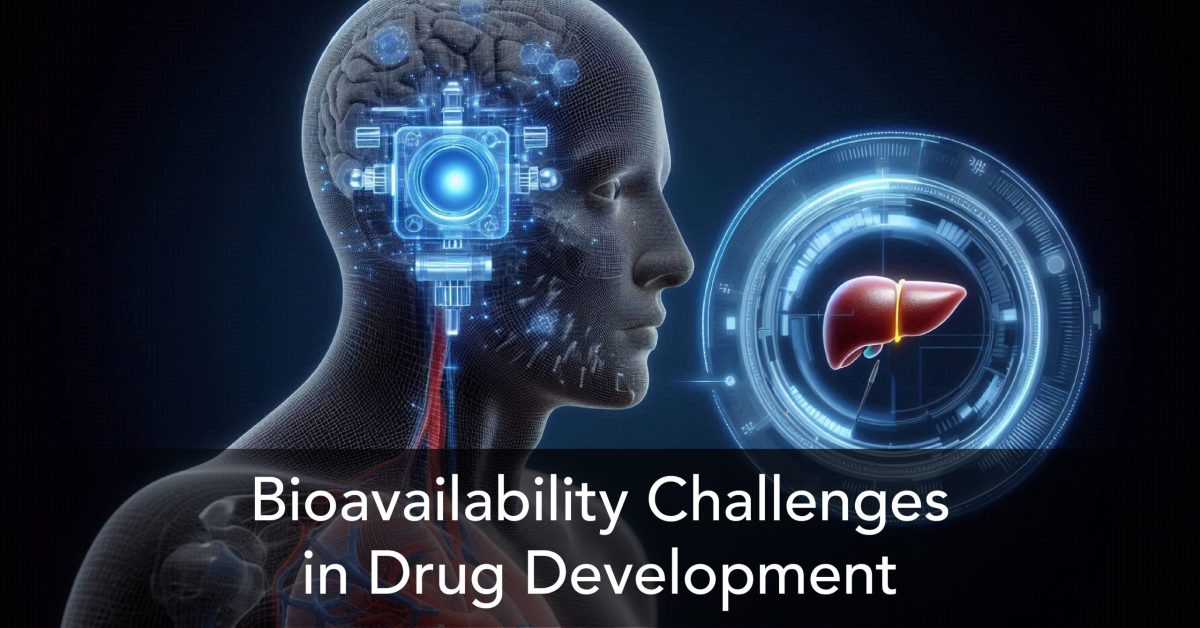In the pharmaceutical sciences, bioavailability is one of the most critical factors that dictate whether a new therapeutic agent will be a success or a failure. Bioavailability is a vital parameter quantifying the extent and rate at which a drug reaches its site of action or is absorbed into circulation upon administration. It has proved that optimizing drug bioavailability is difficult. Poorly water-soluble drugs are a considerable proportion of new chemical entities in the pipelines of drug development.
Great bioavailability challenges exist in the design and development phase of drugs. These are mainly determined by the chemical properties of the drug, determining the solubility and permeability of the drug. This is because any dissolved drug is capable of passing through cell membranes. The pharmaceutical industry has made use of numerous creative ways to pass these hurdles, thereby enhancing the solubility and accordingly the bioavailability.
Solubility Enhancement Techniques
The most important strategies are the solubility enhancement techniques. These include solid dispersions, particle size reduction, and the use of surfactants and solubilizers such as cyclodextrins. The term solid dispersion refers to the process of incorporating one or more active ingredients dispersed in an inert carrier or matrix in a solid state, which can improve the dissolution rate and subsequently the bioavailability of the incorporated compound. Preparations of such dispersions are often carried out through techniques such as spray drying, freeze-drying, or melting methods.
Another important approach includes size reduction of the particle, particularly for enhancing the dissolution rate in poorly water-soluble drugs. Techniques that have been applied include nanonization and micronization to reduce the particle size of the drug, thereby increasing the surface area and hence the dissolution rate.
New Drug Delivery Systems
Advances in drug delivery systems also continue to play their part in overcoming the challenges of bioavailability. For instance, lipid-based formulations, incorporating self-emulsifying drug delivery systems (SEDDS), have been particularly effective in enhancing the oral bioavailability of lipophilic drugs. The rationale is how such systems form fine oil-in-water emulsions upon contact with the GI fluids, making it an avenue for solubilizing the drug.
Moreover, polymeric micelles and liposomes as drug carriers have allowed the encapsulation of hydrophobic drugs in order to enhance their solubility and stability in the biological setting. The carrier protects the drug from enzymatic breakdown but assures better absorption and distribution into the body.
